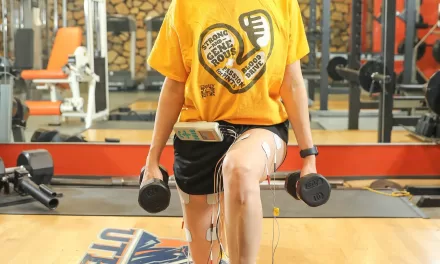In a groundbreaking move, the European Medicines Agency (EMA) has recommended granting marketing authorization for Ixchiq (Valneva Austria), the first vaccine designed to protect adults aged 18 and older against chikungunya in the European Union. This marks a significant advancement in the fight against this debilitating viral disease.
Chikungunya is caused by the Chikungunya virus (CHIKV), transmitted through bites from infected Aedes aegypti and Aedes albopictus mosquitoes. Symptoms typically manifest within 3-7 days post-bite, with the acute phase characterized by fever and joint pain. Additional symptoms may include headache, muscle pain, joint swelling, and rash. While most patients recover within a week, some may experience prolonged joint pain. Severe cases, although rare, can lead to multiorgan failure, particularly in newborns and adults over 65.
Chikungunya predominantly affects tropical and subtropical regions. In Europe, cases are mostly seen in returning travelers. However, the EMA’s Committee for Medicinal Products for Human Use (CHMP) has warned that climate change could enable the spread of infected mosquitoes to new areas, increasing the risk of local outbreaks.
Ixchiq is a live attenuated vaccine aimed at inducing the production of neutralizing antibodies within 28 days of vaccination, with protection lasting up to six months. The vaccine will be available as a powder and solvent for solution for injection.
The CHMP’s positive recommendation is based on robust data from a placebo-controlled study evaluating the vaccine’s immunogenicity and safety in adults. The study involved 362 participants, with 266 receiving Ixchiq and 96 a placebo. Results showed that 98.9% of vaccinated individuals had antibody levels above the protective threshold at 28 days post-vaccination. This high level of immunity persisted in 99.5% of individuals at six months and 97.1% at twelve months.
Common side effects include headache, nausea, muscle pain, joint pain, fatigue, fever, reactions at the injection site, decreased white blood cell count, and increased liver function tests. Safety assessments were based on data from three clinical studies with 3610 participants and a six-month follow-up.
Ixchiq was reviewed under the EMA’s accelerated assessment program, highlighting the urgency and importance of providing protection against chikungunya.
EMA Endorses Influenza Vaccine for Children and Adolescents
In addition to Ixchiq, the EMA’s CHMP has also recommended Fluenz (AstraZeneca) for preventing influenza in children and adolescents aged 24 months to under 18 years. This live attenuated vaccine contains strains of the influenza virus (A/(H1N1), A/(H3N2), and B from the Victoria lineage) and will be available as a nasal spray. Common side effects include nasal congestion, decreased appetite, headache, and malaise.
Both vaccines are pending final approval by the European Commission, a formality that typically follows the EMA’s recommendations. If approved, these vaccines will provide significant new tools in the prevention of chikungunya and influenza, enhancing public health outcomes across the EU.











